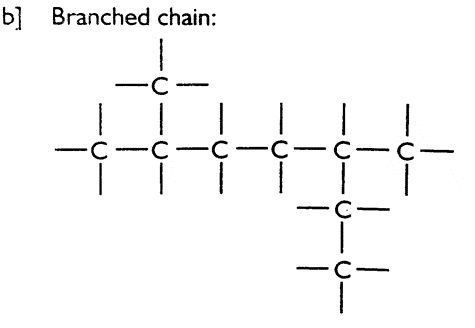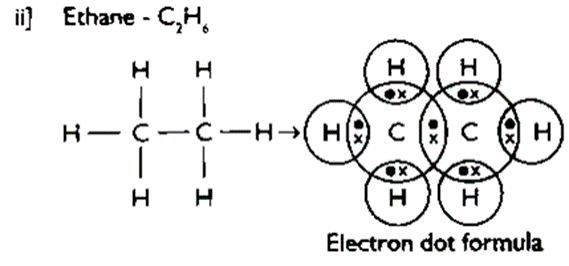10 SCIENCE REVISION NOTES
CHAPTER 6 LIFE PROCESSES
■ In multicellular organisms, specialized body parts perform various life processes. In unicellular organisms, no such specialized organs are present.
■ Energy required to carry out the different life processes is obtained from carbon-based food sources through nutrition.
■ Depending on the mode of obtaining nutrition, organisms are classified into two major categories heterotrophs. autotrophs and
■ Autotrophs can prepare their own food from simple inorganic substances such as carbon dioxide and water. (Example: green plants, some bacteria)
■ Heterotrophs cannot synthesize their own food and are dependent on the autotrophs for obtaining complex organic substances for nutrition (Example: animals).
■Autotrophic nutrition: The mode of nutrition in which organisms can prepare their own food is called autotrophic nutrition.
■ Green plants prepare their food by the process of photosynthesis, by using carbon dioxide, water and sunlight.
■ The vital processes carried out by living organisms in order to maintain and sustain life are called Life Processes. Molecular movements are essential to carry out the various life processes. with the help of chlorophyll. During photosynthesis, oxygen is liberated as a by-product.
■ During respiration, the digested food materials are broken down to release energy in the form of ATP.
■ Respiration can be classified into two types depending on the requirement of oxygen.
i] Aerobic respiration occurs in the presence of oxygen.
ii] Anaerobic respiration occurs in the absence of oxygen.
■ The end products of aerobic respiration are carbon dioxide and water, whereas the end products of anaerobic respiration are lactic acid or ethanol and carbon dioxide.
■ A large amount of energy is released in aerobic respiration as çompared with anaerobic respiration.
■ Plants release oxygen during the day and carbon dioxide during the night.
■Terrestrial organisms use atmospheric oxygen for respiration whereas aquatic organisms use the oxygen dissolved in water.










